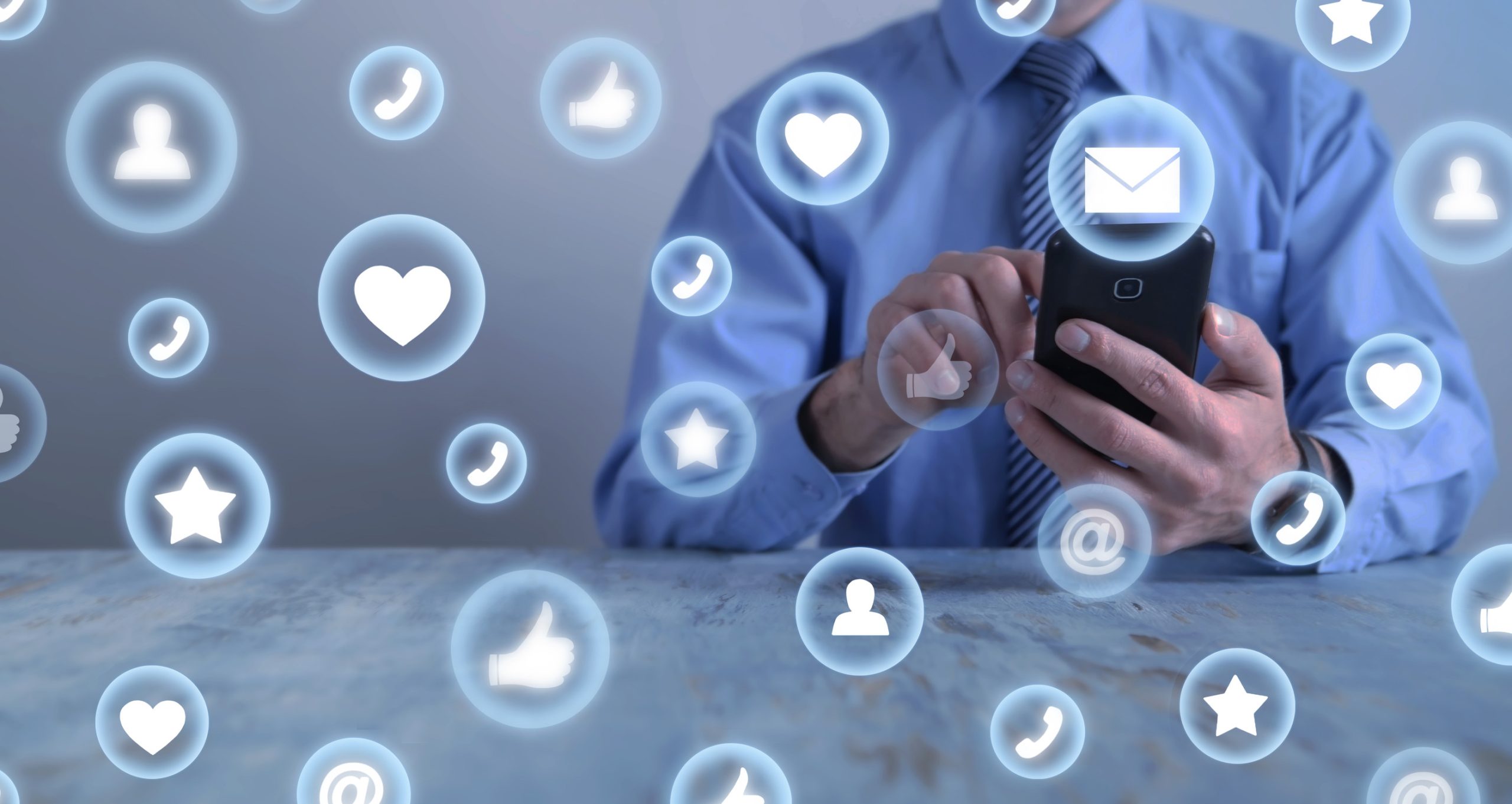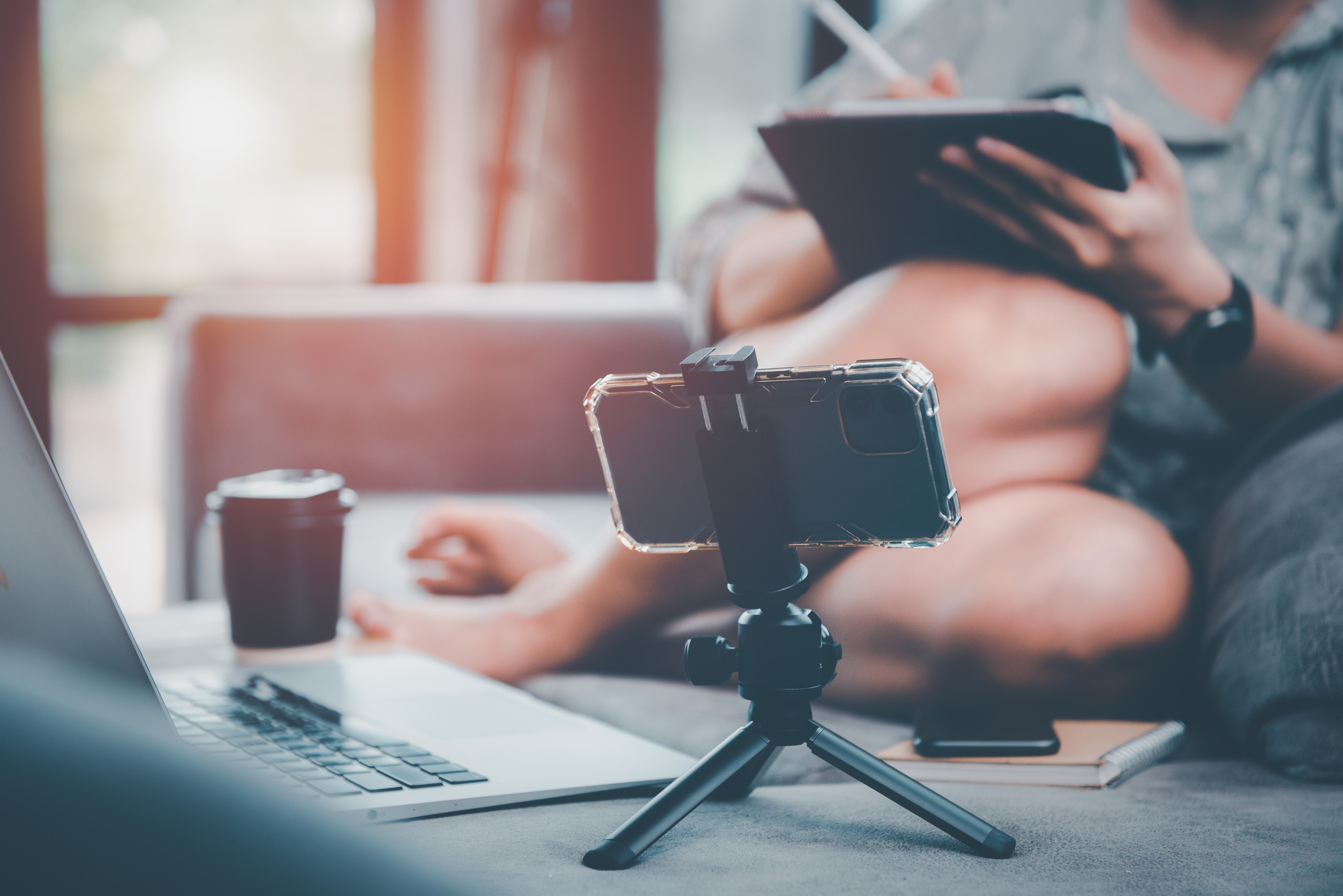In the age of constant connectivity, it’s ironic how lonely many people feel. With the rise of influencers, streamers, and social media personalities, a new kind of bond has taken center stage: parasocial relationships. These are one-sided connections where a person feels close to someone they’ve never met in real life—usually a celebrity, online creator, or media figure.
While harmless at first glance, these bonds are beginning to eclipse genuine, reciprocal friendships. The digital comfort zone may be growing, but it’s doing so at the expense of real-life human connection.
The Rise of Parasocial Bonds
Parasocial relationships aren’t new—they’ve existed since the golden age of television and radio. But the internet has magnified them to a staggering degree. Audiences now have access to daily vlogs, livestreams, and social media posts that make public figures feel more intimate and accessible than ever. This illusion of familiarity creates an emotional attachment that mimics friendship, even though the connection only goes one way. As people spend more time online, the line between follower and friend is getting increasingly blurry.
Social Media: The New Social Circle
For many, social media has replaced the traditional neighborhood, cafeteria, or workplace as a primary social hub. People interact with content creators more often than with their own family or peers. These platforms are designed to simulate closeness, encouraging comments, likes, and reactions that make users feel seen and heard. Yet despite these digital interactions, the lack of mutual understanding and vulnerability separates them from true friendship. What emerges is a social landscape full of engagement but starved for emotional reciprocity.
Emotional Investment in One-Way Streets
The emotional labor poured into parasocial relationships can be surprisingly deep. Fans might worry about a streamer’s well-being, celebrate their victories, or even grieve during their low points. But the relationship lacks balance; the public figure remains unaware of the individual on the other side. This emotional mismatch can leave people feeling hollow or rejected when their affection isn’t acknowledged. Over time, this imbalance can warp perceptions of intimacy and connection.
Loneliness in the Digital Age
Even though people are constantly plugged in, loneliness has become a defining feature of modern life. The convenience of digital interaction has replaced the effort and vulnerability required in real friendships. Many find it easier to turn on a podcast or livestream than initiate a real conversation. But this ease comes with a cost: the gradual erosion of meaningful, two-way relationships. As parasocial bonds fill emotional voids, real-life friendships are often neglected or never developed at all.
The Allure of Safe Connection
Parasocial relationships offer a sense of safety that real friendships can’t always guarantee. There are no conflicts, rejections, or uncomfortable truths—just curated personas and feel-good content. For those who fear judgment or struggle with social anxiety, these one-sided bonds can feel like a comforting alternative. However, they also eliminate the growth and resilience that come from navigating real human dynamics. The result is a safer, but shallower, emotional experience.
Mental Health Implications
While parasocial connections can provide short-term comfort, they aren’t a substitute for true companionship. Studies have shown that an over-reliance on these relationships can lead to increased feelings of isolation and depression. When people confuse media consumption with social connection, they risk losing sight of what real support looks like. Without the grounding influence of reciprocal relationships, emotional well-being can suffer. This emotional deficit often goes unnoticed until it starts affecting everyday life.
Rebuilding Real-Life Friendships
Reversing the trend isn’t easy, but it’s possible. It starts with recognizing the emotional pull of parasocial relationships and understanding what they lack. Reinvesting in local communities, making time for face-to-face interactions, and being vulnerable with others are key steps. People must be intentional about building relationships that are mutual, messy, and real. The path back to genuine friendship is challenging but deeply rewarding.
In a world where content creators feel like companions, it’s easy to forget what real friendship feels like. Parasocial bonds may offer comfort and consistency, but they can’t replace the depth and complexity of a two-way human connection.
Genuine relationships require time, effort, and emotional risk—but they also offer true belonging. As society becomes more digitally entwined, the need for real-world connection becomes even more critical. Have parasocial relationships changed how you connect with others?
Read More
10 Things You Would NEVER Say About Your Marriage on Social Media
10 Social Media Habits That Quietly Ruin Your Real-Life Relationships


